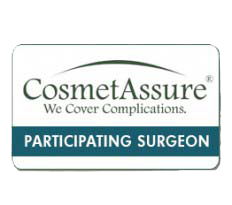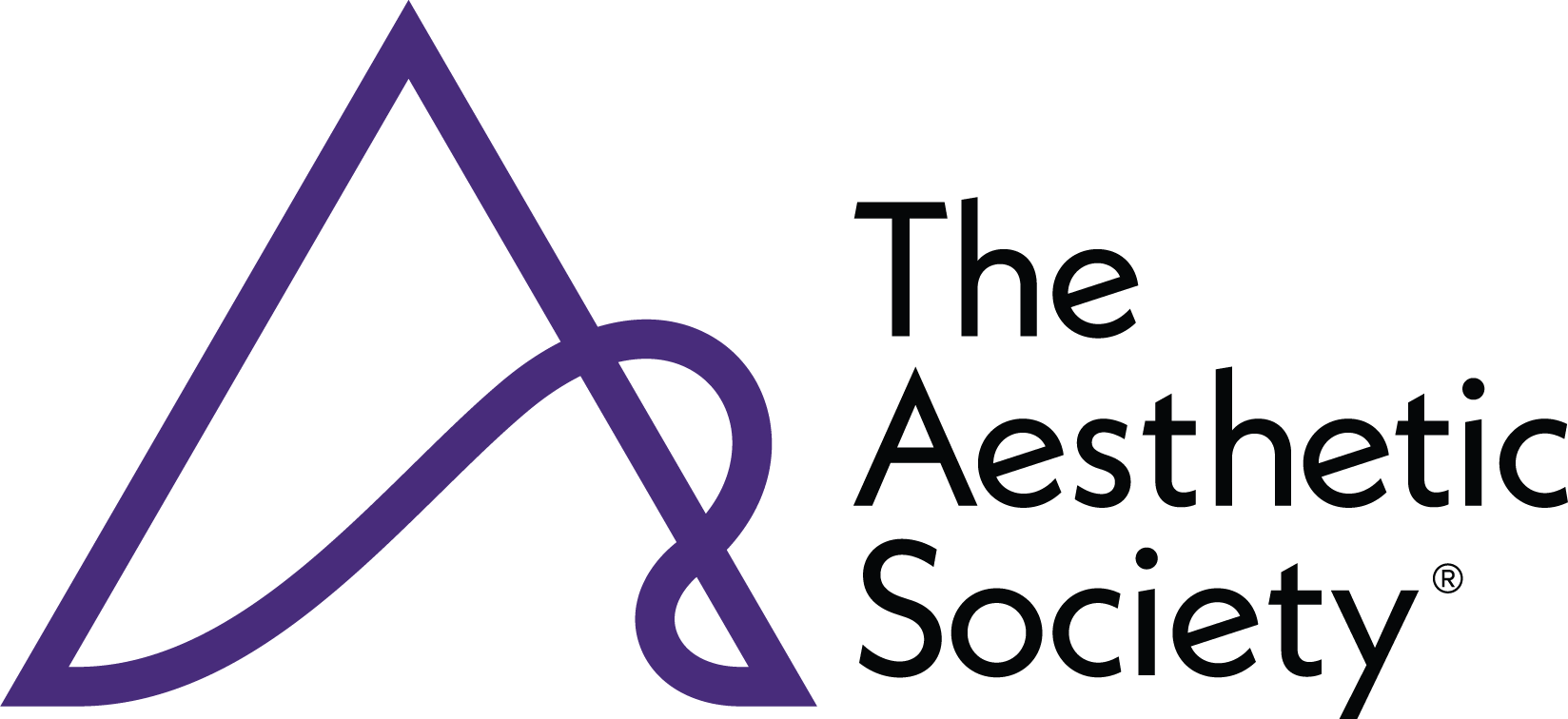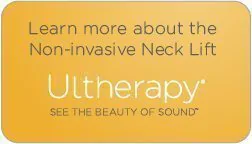A common question we receive at our clinic is “what’s the difference between saline and silicone breast implants?” Saline and silicone breast implants are similar in that they both have an outer silicone shell, however the implants differ in material and consistency. Saline implants are filled with sterile salt water and are inserted empty, then […]
Questions about breast augmentation…
What is breast augmentation? Breast augmentation is increasing the size of a normal breast, usually with a saline or silicone gel breast implant. This is accomplished by placement of the implant above or below the pectoralis muscle through an incision usually either in the fold under the breast, around the lower half of the areola, or […]
Personality Factors Affect Quality of Life after Breast Reconstruction
Women Who Want ‘Revenge on Cancer’ May Have Better Psychological Responses Certain personality traits are linked to higher quality of life scores in breast cancer patients who undergo breast reconstruction after mastectomy, reports a study in the January issue of Plastic and Reconstructive Surgery®, the official medical journal of the American Society of Plastic Surgeons […]
Questions to ask your Breast Augmentation Surgeon
If you’re considering breast augmentation, it is important to be an active participant in the process. The ASPS has developed the following list of questions to ask during your consultation: Are you certified by the American Board of Plastic Surgery? Were you trained specifically in the field of plastic surgery? How many years of plastic […]



